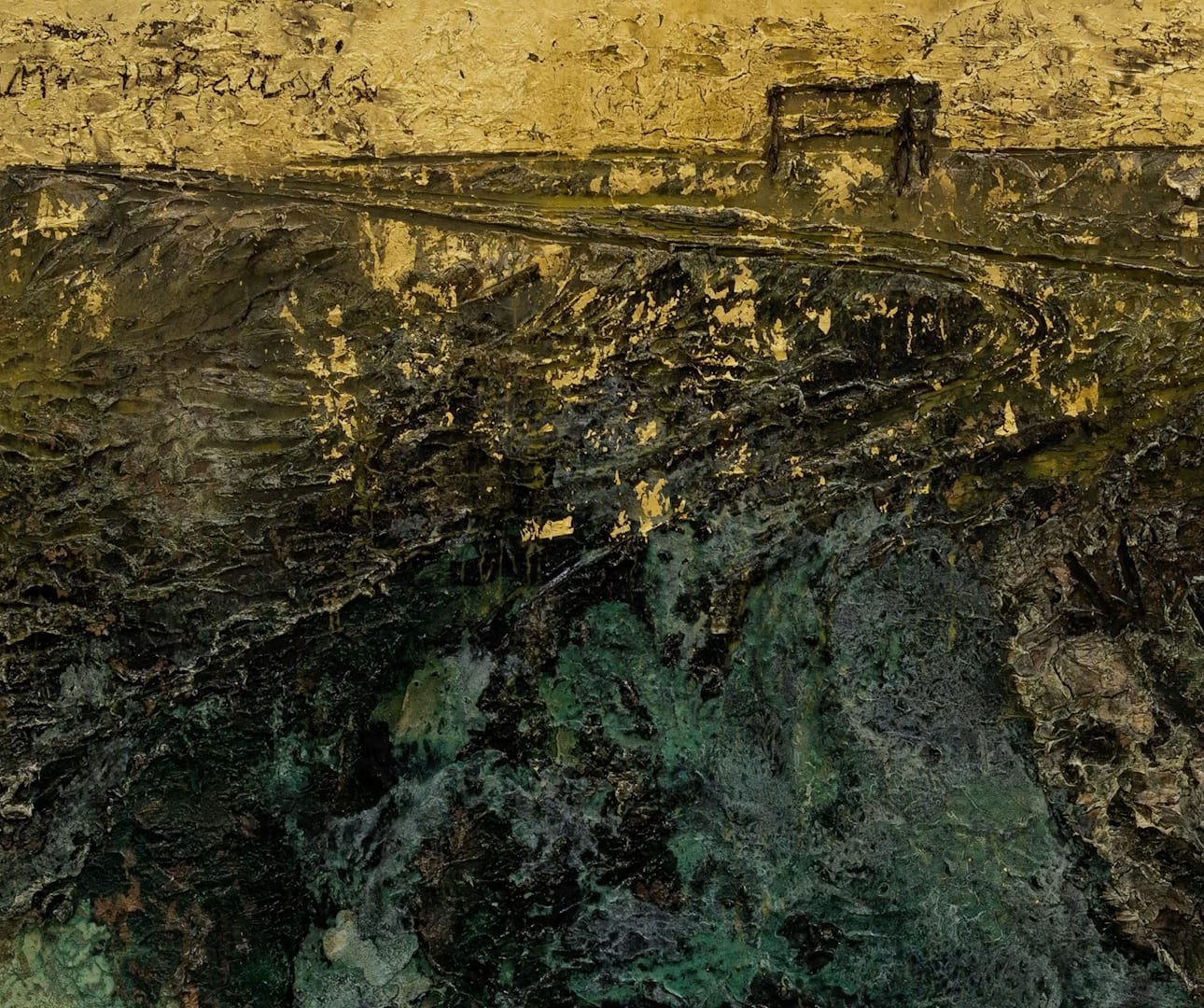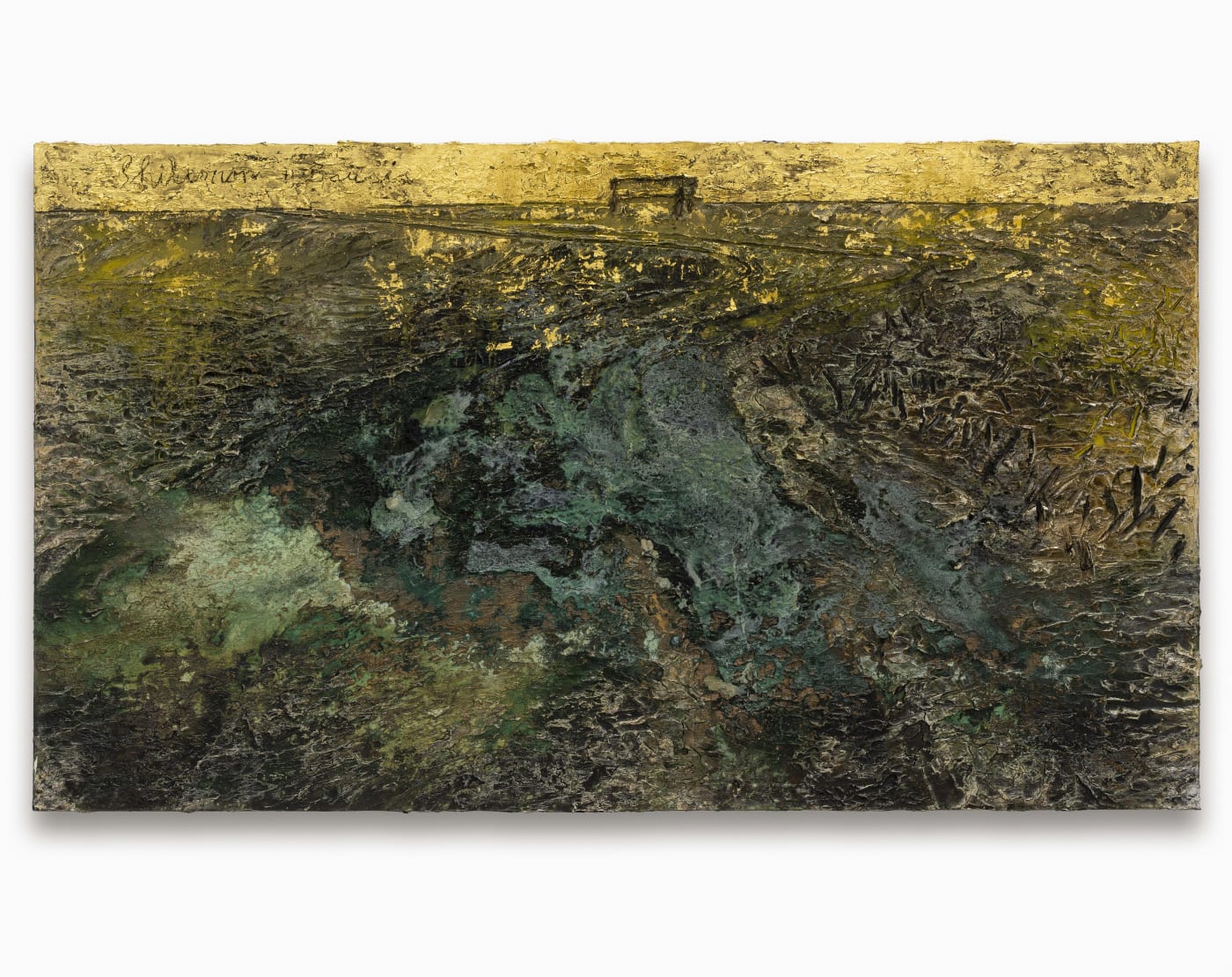Anselm Kiefer
Anselm Kiefer
Philemon und Baucis, 2023
Emulsion, oil, acrylic, shellac, sediment of electrolysis, gold leaf and charcoal on canvas
190 x 330 cm (74.80 x 129.92 in)
Robert Rauschenberg
Just as alchemists sought to transform base metals through chemical reactions, American artist Robert Rauschenberg (1925–2008) experimented with tarnishing agents in his 1985 Copperhead-Bites to create unpredictable colouristic and textural variations on thin copper sheets.

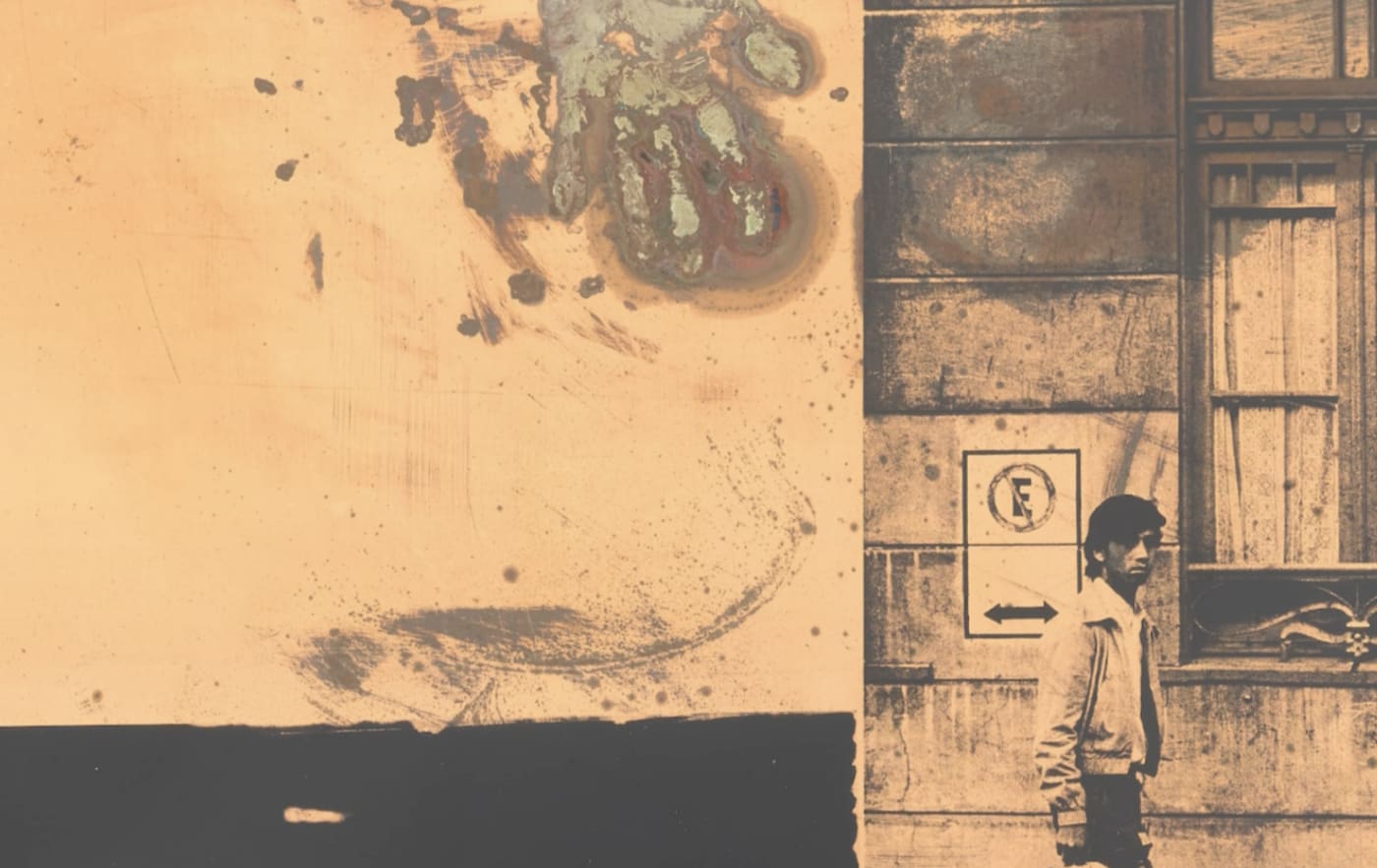
The first series of Rauschenberg's metal paintings, the Copperhead-Bites mark the artist's pioneering transition from working on canvas, as he created screen-printed collages on metal supports using imagery taken from his own black-and-white photographs of Chile.
Copperhead-Bite IX / ROCI CHILE, 1985
Silkscreen ink, acrylic and tarnish on copper
247.7 x 123.8 x 3 cm (97.5 x 48.4 x 1.1 in)
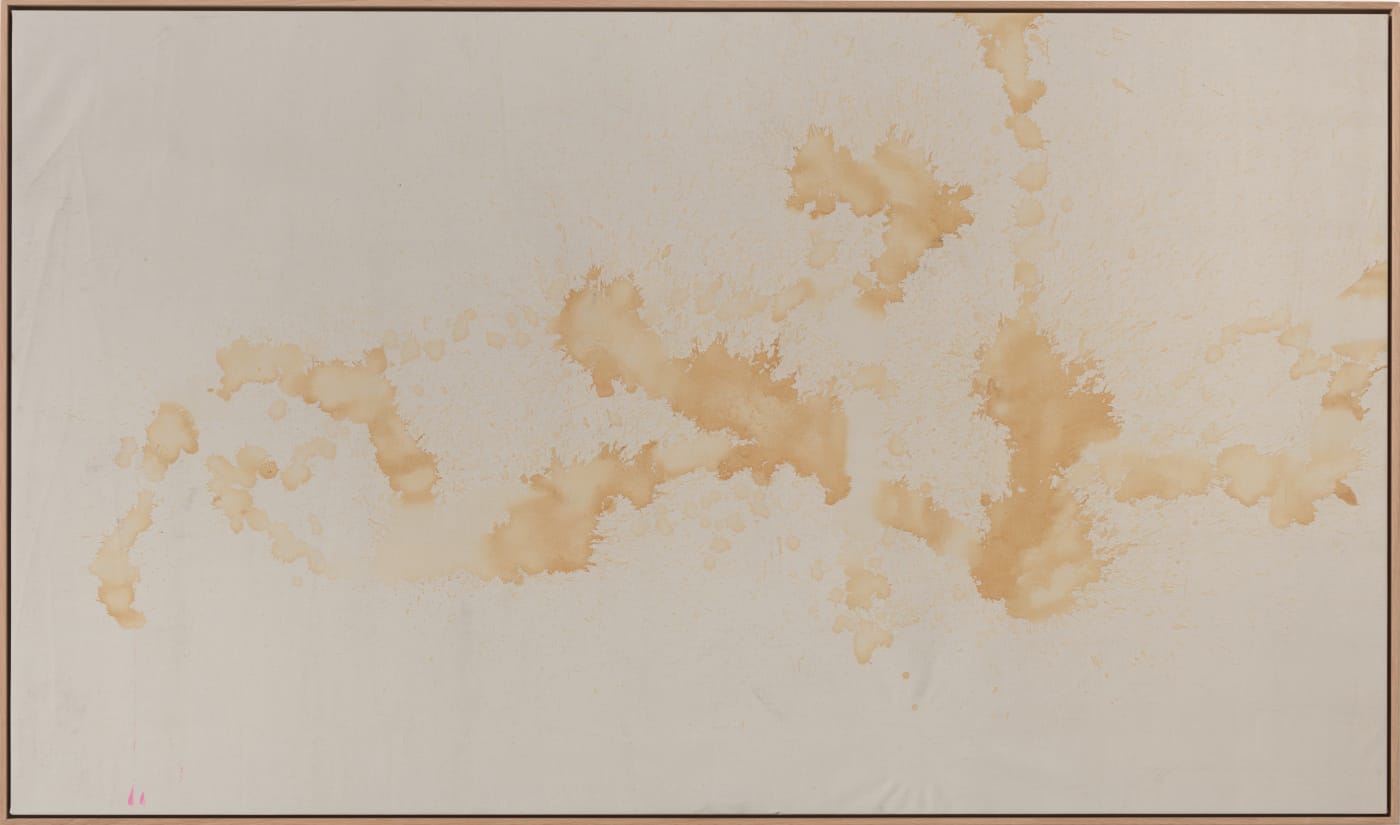
Andy Warhol
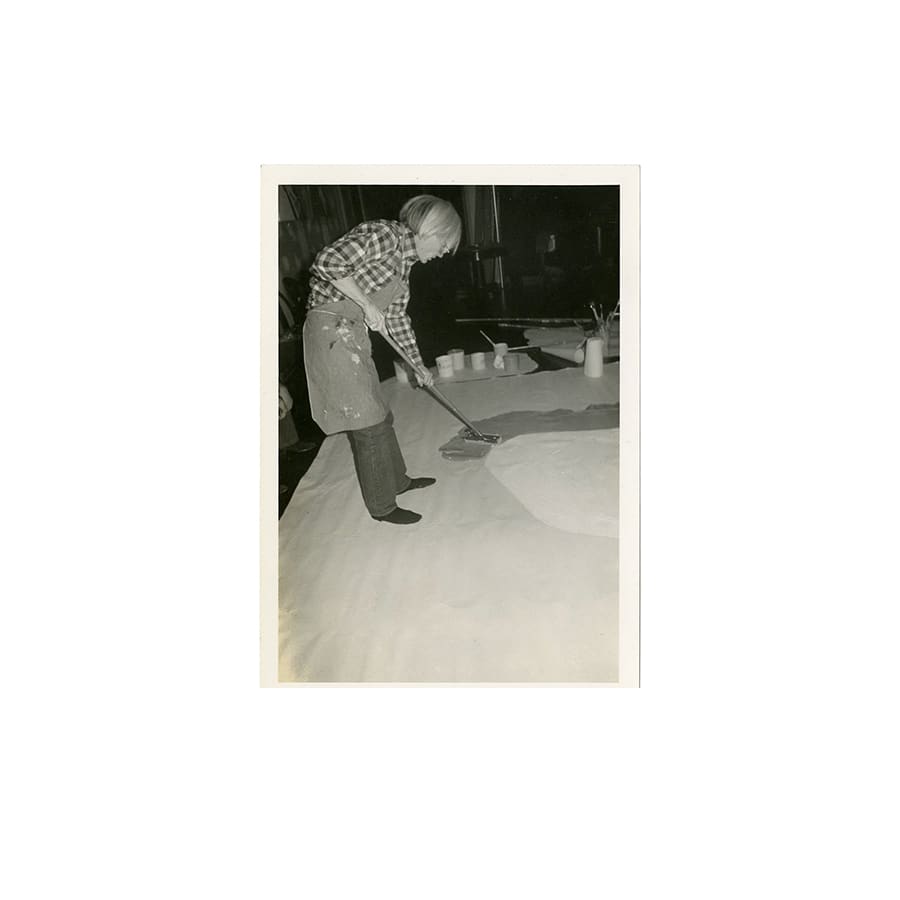

According to the writer and photographer Bob Colacello, who moved in Warhol’s inner circle during this period, the Piss paintings were conceived as ‘a parody of Jackson Pollock… referring to rumors that Pollock would urinate on a canvas before delivering it to a dealer or a client he didn’t like.’ Recognising the artist’s characteristic sense of humour, Colacello concludes, ‘Andy liked his work to have art-historical references.’
Andy Warhol
Piss Painting, 1977–78
Urine on linen
198.5 x 492.1 cm (78.15 x 193.74 in)
Jackson Pollock
Blue poles (Number 11), 1952
Oil, enamel, aluminium paint and glass on canvas
212.1 x 488.9 cm (83.5 x 192.5 in)
National Gallery of Australia (NGA), Canberra
These paintings have to do with alchemy. This age-old fascination of changing base metals to gold or other precious metals is seen in a different light. Once again, Andy made us look at something differently. He has taken something we all see every day and made us understand that it too can become art.
— Vincent Fremont, former manager of Andy Warhol's studio and co-founder
of The Andy Warhol Foundation for the Visual Arts


Oxidation Painting, 1977–78
Urine and copper paint on linen
193 x 132.1 cm (76 x 52 in)
Gold Marilyn Monroe, 1962
Silkscreen ink and acrylic on canvas
211.4 x 144.7 cm (83.23 x 59.97 in)
The Museum of Modern and Contemporary Art (MoMA), New York
© 2023 Andy Warhol Foundation for the Visual Arts / Artists Rights Society (ARS), New York
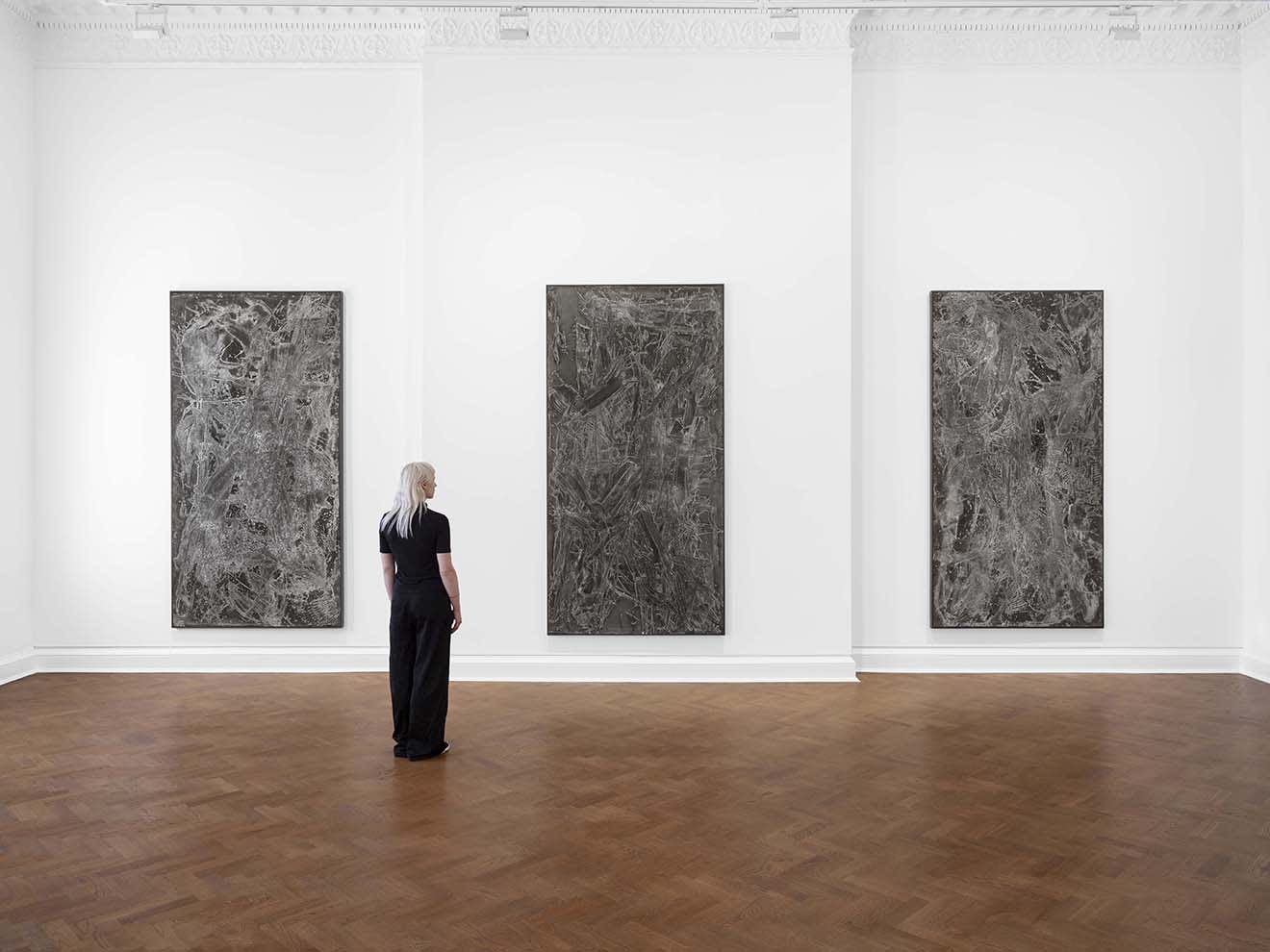
Emilio Vedova
An alchemical interest in the transformative power of materials also informs the practice of the Venetian abstractionist Emilio Vedova (1919–2006).
For his Venezia muore cycle of 1992, he poured water from the Venetian Lagoon onto canvases prepared with acrylic and nitro paint. In a reactive process, the water- and oil-based substances repel one another, causing them to settle in a ghostly shadow upon the surface of the work, echoing the appearance of the salt sediment left behind by the water that periodically floods the streets of Venice.
Emilio Vedova
Venezia muore I-III, 1992
Acrylic paint and nitro paint on canvas
Each 260 x 130 cm (102.36 x 51.18)
Sigmar Polke
Created in 1983 during the artist's self-described 'alchemical' turn, works from the major Katastrophentheorie series by Sigmar Polke (1941–2010) demonstrate both his extensive experimentation with pigments and his thematic engagement with mathematics, a discipline historically entwined with medieval alchemy.

Composed of four paintings, the series responds to the principles of catastrophe theory, whereby small, repeated disturbances within a state of long-term equilibrium might have sudden and catastrophic consequences. Drawing upon the artist's experience with psychedelics, the visual language of the paintings similarly maps a cumulative expression of energy, resulting in the varied, energetic mark-making that unfolds across the canvases.
Katastrophentheorie II, 1983
Synthetic and natural resin on canvas
200 x 159.5 cm (78.74 x 62.79 in)
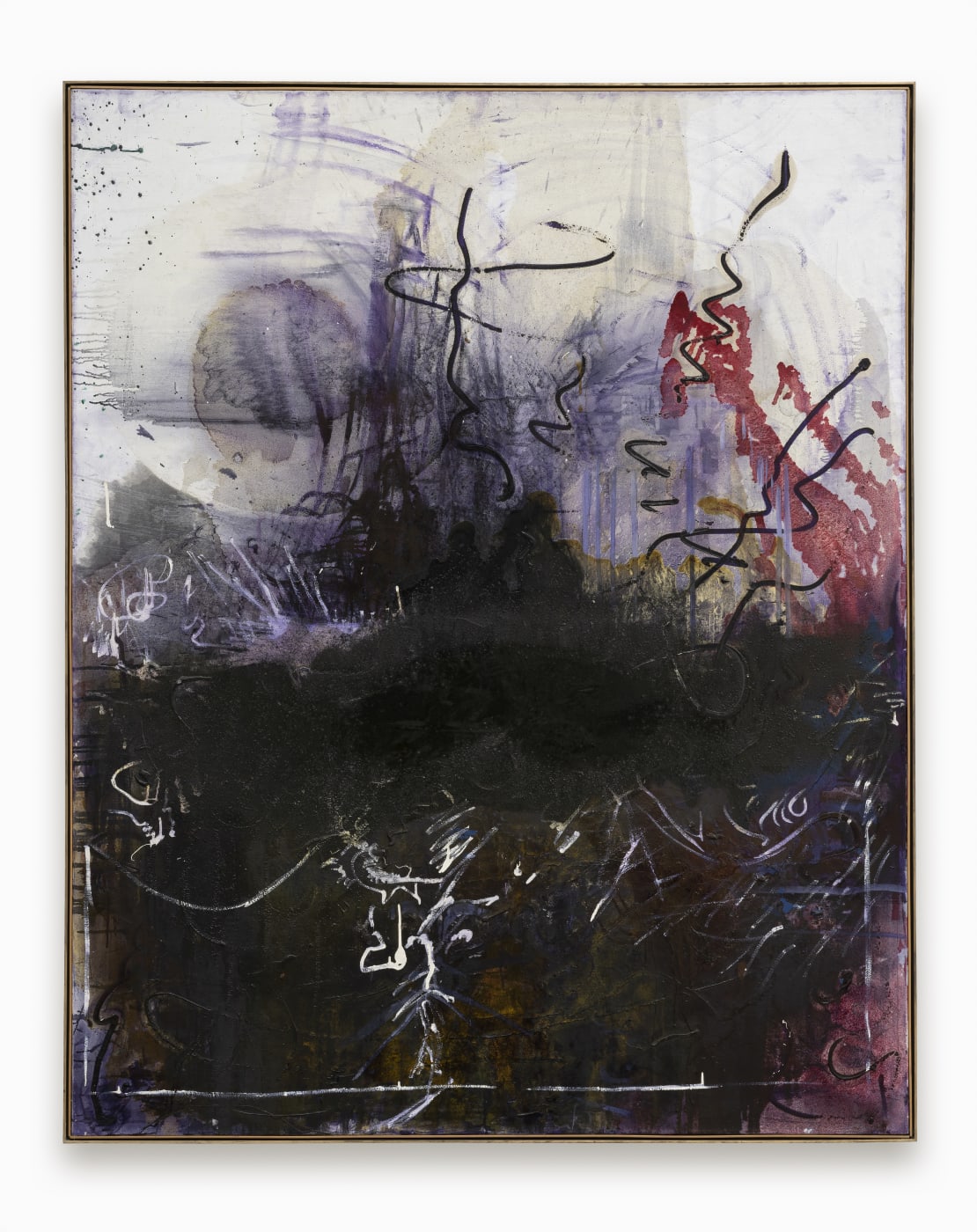
Traditionally achieving its distinctive colour using excretions from the mucus glands of molluscs, the distinctive purple hue that dominates the Katastrophentheorie works reflects the specialist knowledge of pigments acquired by the artist during his period of extensive travel in the 1970s.
Sigmar Polke
Katastrophentheorie IV, 1983
Synthetic and natural resin on canvas
200 x 159.5 cm (78.74 x 62.79 in)
I had a feeling that I had to choose a different method, I had to produce something in my laboratory that would provoke people, get a stronger reaction out of them, something that would make them think about what it means to be human – creatures of nature, social creatures, free agents. — Joseph Beuys
Joseph Beuys
One of the most influential European artists of the 20th century, Joseph Beuys (1921–86) understood the alchemical potential of materials to pass through different physical states as a metaphor for his quest to transform society through artmaking. He devised his own pigments, including the oil-based admixture Braunkreuz, which took on highly symbolic functions within his oeuvre.

Joseph Beuys
Naßbatterie (Wet Battery), 1973–74
Mixed media with glass, crystals and battery
9.9 x 9.9 x 23.1 cm (3.9 x 3.9 x 9.1 in )
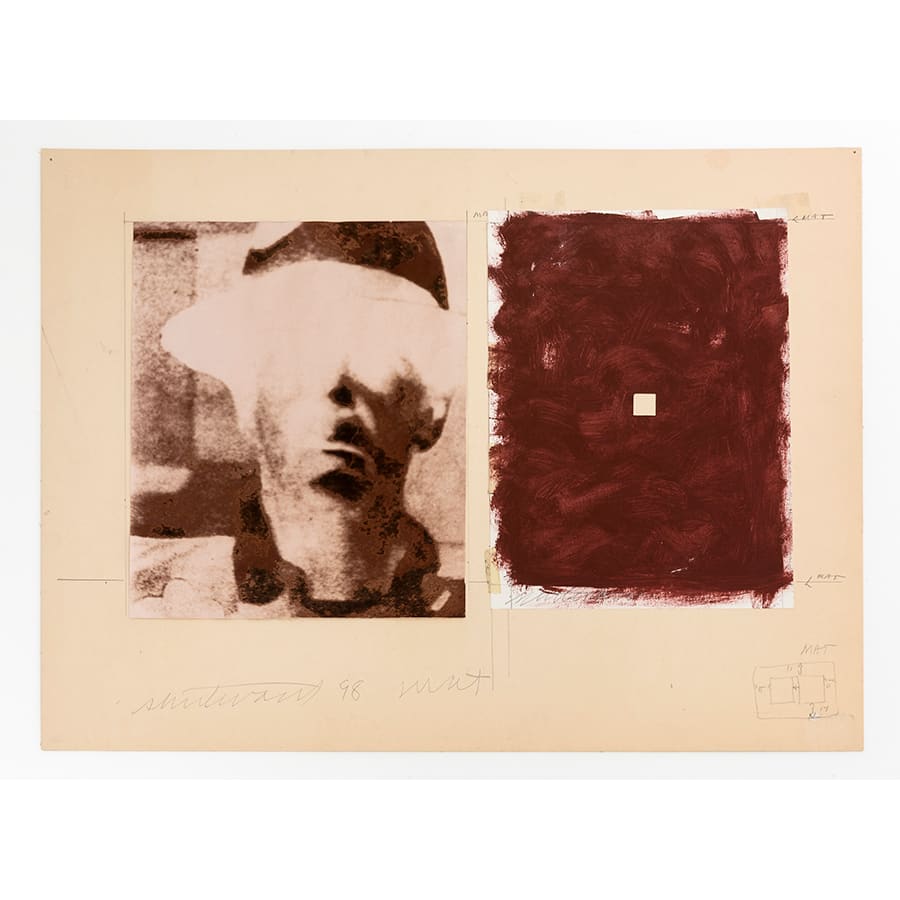

Sturtevant
Untitled, 1969
Two-part work: reddish-brown tempera on two sheets of paper, on card
17.3 x 24.5 cm (6.81 x 9.65 in)
